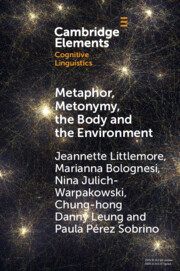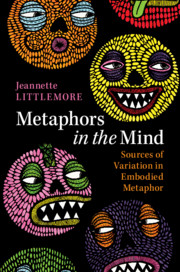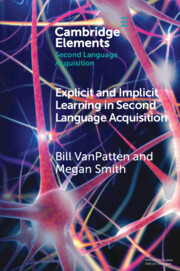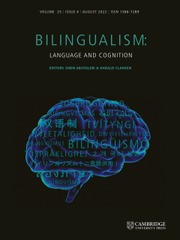Metaphor, Metonymy, the Body and the Environment
By exploring the associations that people make between emotions and colours, looking at how they vary across languages, and exploring the explanations that people provide for the associations that they make, this Element provides insight into the ways in which humans express emotions through colour, and the reasons why they do so. Metaphoric (and metonymic) language and thought play a key role on several levels in the formation of emotion–colour associations, interacting with physical, environmental and social factors. A strong metaphorical connection between the valence of the emotion and the lightness of the colours with which it is associated, and between the intensity of an emotion and the saturation level of the colours with which it is associated is found. However, the strength of this association varies according to the linguistic background of the speaker, and the gender in which the emotion is presented.
Reviews & endorsements
'… this monograph is essential reading for students and researchers interested in cognitive linguistics and cross-cultural studies, and is sure to inspire and guide scholars and practitioners in fields such as psychology, cultural studies, design, and art.' Yue Guan, Journal of Pragmatics
Product details
July 2023Paperback
9781009045582
75 pages
228 × 152 × 6 mm
0.17kg
Available
Table of Contents
- 1. What are emotions and why do we associate them with colours?
- 2. Methodology
- 3. What are the strongest emotion-colour associations overall, and how do word-colour associations vary according to linguistic background?
- 4. How do emotional valence and intensity map onto colour lightness and saturation, and how do these relationships vary according to the linguistic background of the participants and the gender of the prompt?
- 5. What reasons do people provide for emotion-colour associations and how do these reasons vary according to linguistic background, the emotion being discussed, and the colour being selected? if an association is bodily-related is it more likely to be widely shared?
- 6. General Conclusions
- References.





